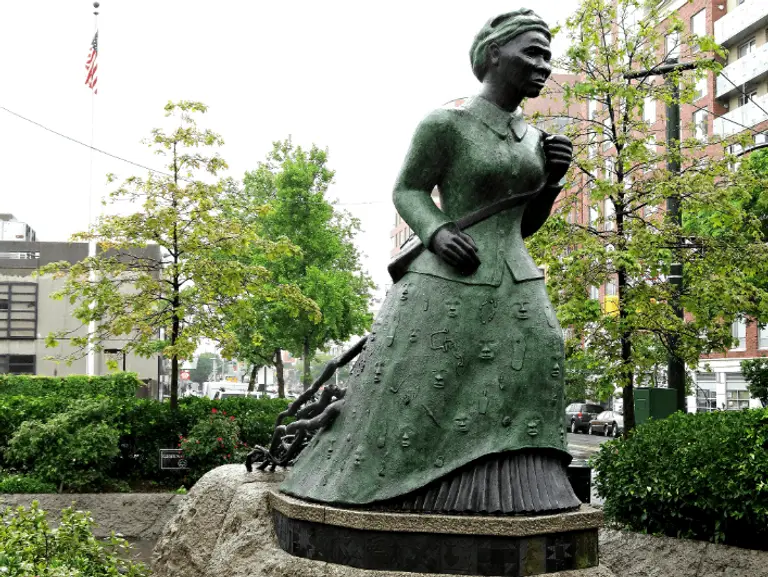
Photo of Harriet Tubman statue in Harlem via denisbin on Flickr
15 Underground Railroad stops in New York City
See the stops

Photo of Harriet Tubman statue in Harlem via denisbin on Flickr
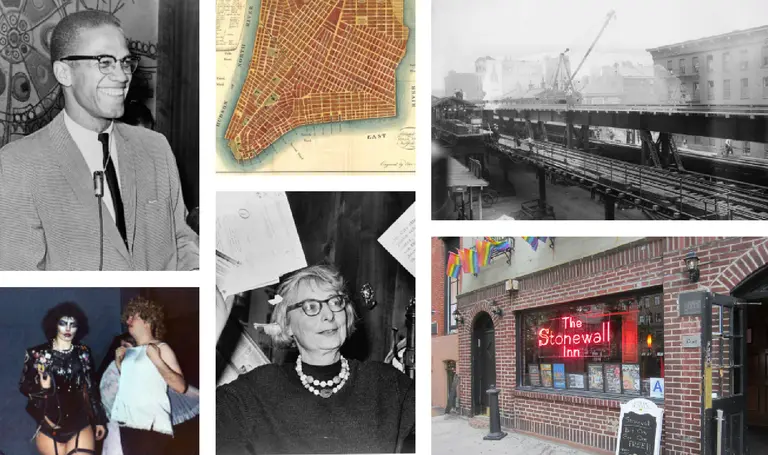
This year marks the 50th anniversary of the designation of the Greenwich Village Historic District. One of the city’s oldest and largest landmark districts, it’s a treasure trove of rich history, pioneering culture, and charming architecture. Village Preservation will be spending 2019 marking this anniversary with events, lectures, and new interactive online resources, including a celebration and district-wide weekend-long “Open House” starting on Saturday, April 13 in Washington Square. Check here for updates and more details. This is part of a series of posts about the Greenwich Village Historic District marking its golden anniversary.
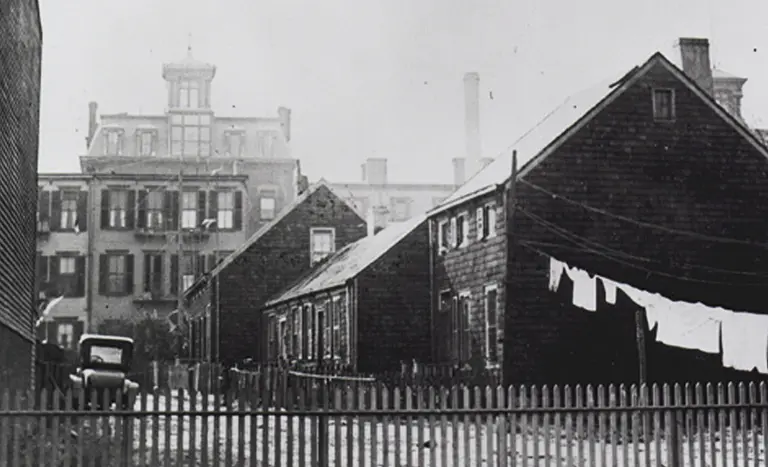
Historic Hunterfly Road Houses via the Brooklyn Historical Society
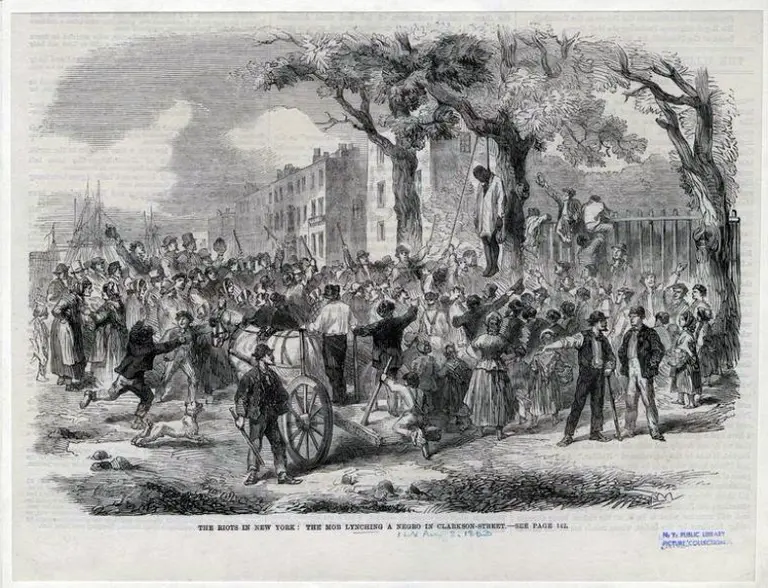
Draft Riots in New York (1863) via NYPL
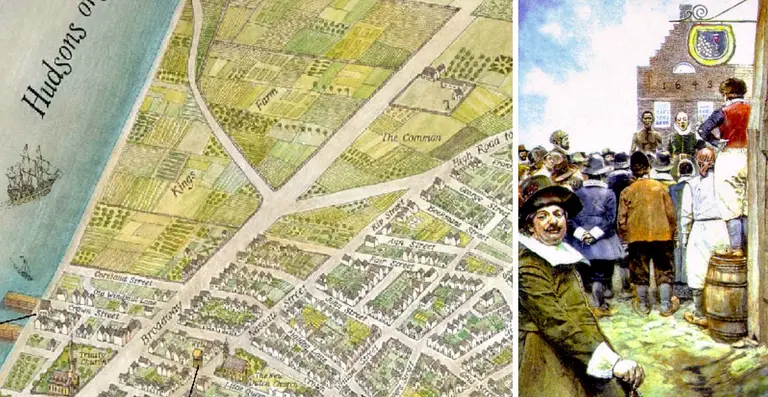
Map of freedmen’s farmland via Slavery in New York (L); Harper’s Magazine illustration of the New York City slave market in 1643 (R)